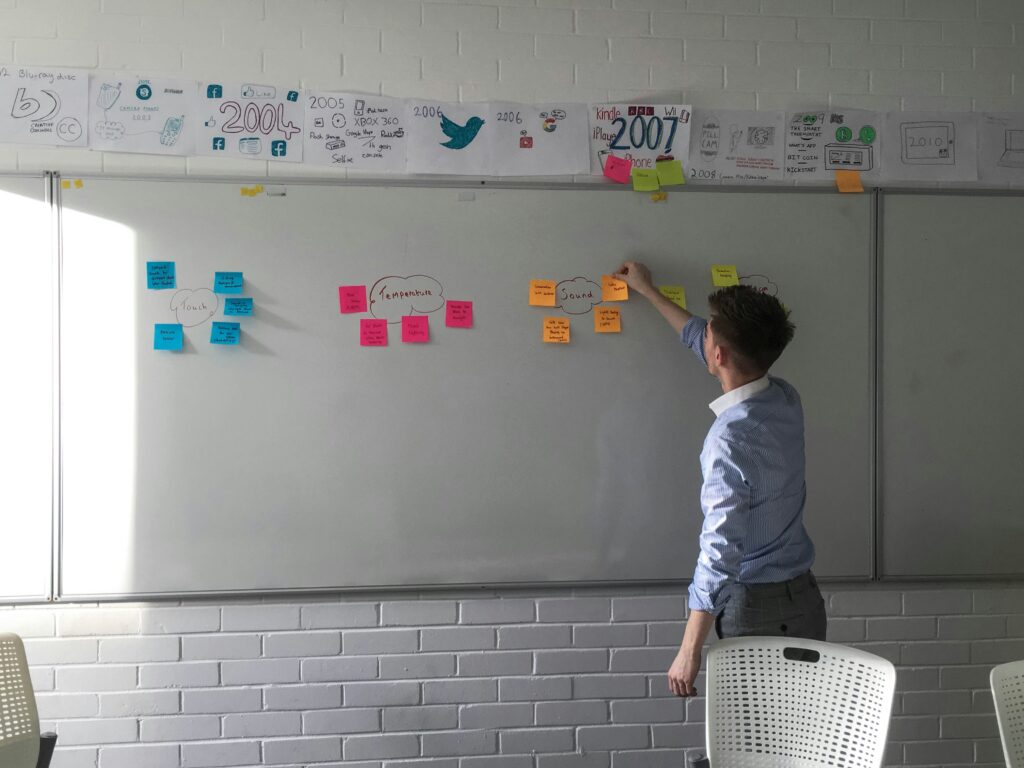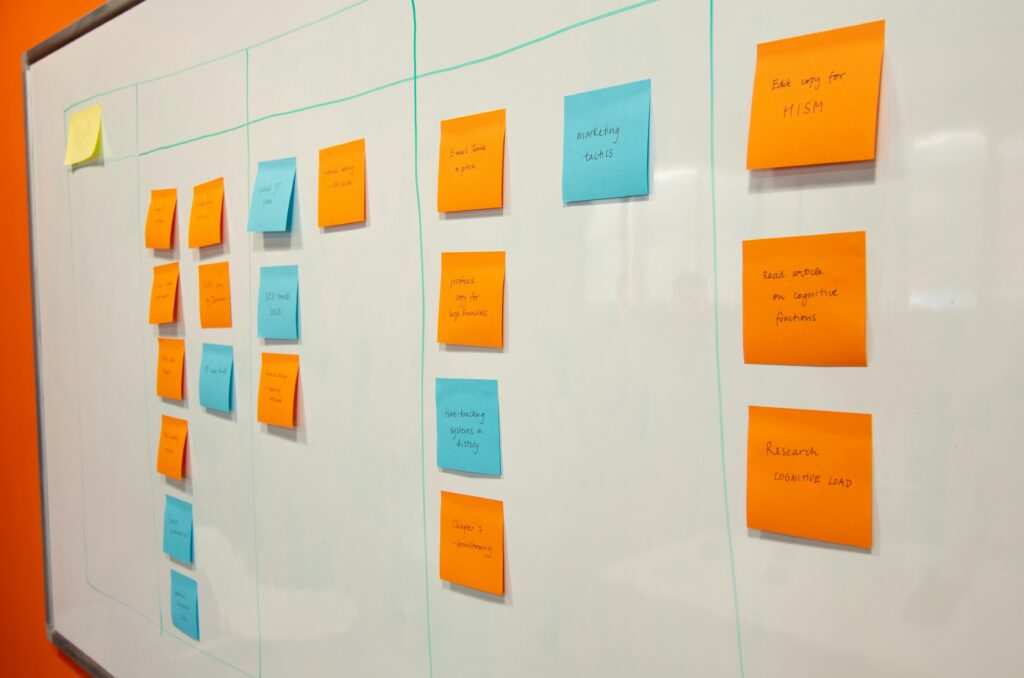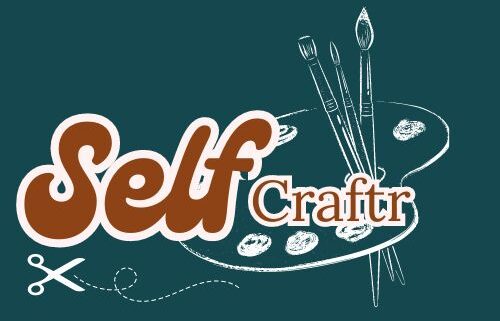10 Visualization Practices to Achieve Your Goals
We may earn a commission for purchases made using our links. Please see our disclosure to learn more.
Visualization isn’t just a feel-good technique—it’s a science-backed strategy that helps you align your thoughts, actions, and emotions with your goals. Whether you’re a minimalist seeking clarity, a parent juggling priorities, or someone inspired by the quiet ambition of treehouse living, visualization practices can help ground your intentions in a powerful way.
And no, you don’t need hours of free time or a vision board the size of your wall. Just a few focused minutes a day can start reshaping how you think, act, and move toward what you want.
Why Visualization Works (According to Science)
Visualization engages the same neural networks your brain uses when you’re actually performing the action. It strengthens the connection between intention and behavior, reinforcing your brain’s ability to spot opportunities and act on them. The key isn’t to just think about your goals—it’s to see them, feel them, and mentally rehearse achieving them.
When practiced consistently, visualization activates the Reticular Activating System (RAS)—your brain’s internal filter that helps you notice and act on things that align with your focus. It’s like setting your mind’s GPS to your desired outcome.

10 Visualization Practices That Actually Work
1. The Mental Movie Technique
Close your eyes and mentally play a vivid “movie” of yourself achieving your goal. Engage your senses—what do you hear, feel, see? Replaying this scene daily boosts belief and keeps your vision front and center.
2. Vision Boards (Digital and Physical)
Create a collection of images and phrases that visually represent your goals. Apps like Pinterest are great for digital boards, while corkboards work well for tactile planners. These visual cues serve as daily reinforcements of where you’re headed.
3. The 369 Method
Write your goal 3 times in the morning, 6 in the afternoon, and 9 before bed. This repetitive scripting method, popularized through manifestation circles, builds momentum through consistent focus and intention.
📝 Tip: You can pair this with a goal-setting planner designed for daily success to create a routine that sticks.
4. Daily Guided Visualization
Apps like Insight Timer or Calm offer structured audio sessions to walk you through visualization exercises. This is ideal if you’re new to the practice or just need some structure.
5. Goal Mapping
Draw a visual roadmap that connects your big goal to smaller, manageable steps. This method helps turn abstract dreams into achievable milestones.
6. Gratitude Visualization
Imagine yourself already living your goal—and feel grateful for it. This not only lifts your mood but also tricks your brain into believing it’s already on the path to success.
7. Before-Sleep Rehearsals
Your subconscious is most receptive just before sleep. Take a few minutes to replay your mental movie, reinforcing your goal in a calm, receptive state.
8. Object Anchoring
Assign meaning to a small object (stone, bracelet, or charm) and hold it during visualization. This helps you associate that object with your intention and can serve as a mental cue throughout the day.
9. Mirror Talk with Imagery
Look yourself in the mirror, say your affirmations aloud, and pair them with mental imagery. This boosts self-confidence and helps rewire negative internal scripts.
10. Journaling with Visual Cues
Use color codes, sketches, or mood boards in your journal to visually represent your goals. The creative process makes your vision more tangible and fun to revisit daily.
Recommended Tools for Visualization
Visualization can be even more powerful when paired with the right tools. Here are some top picks to enhance your practice:
- ✅ The 369 Manifesting Journal – Specifically designed to follow the 369 technique with structured prompts and affirmations.
- ✅ The Five Minute Journal – Perfect for minimalists looking for a simple, effective daily habit.
- ✅ Vision Board Kit with Stickers & Quotes – Great for visual learners or families creating a shared goal wall.
- ✅ Dry Erase Goal Tracker Whiteboard – Helps visualize your weekly progress in a tangible, flexible format.
- ✅ Moleskine Sketchbook – Ideal for drawing, mapping, and freeform goal journaling.

What Science Says About Visualization
Still wondering if visualization actually works? These two studies might just convince you.
Mental Imagery as a “Motivational Amplifier”
A 2011 study in Behavior Research and Therapy found that vividly imagining an activity can significantly boost motivation and the likelihood of follow-through. This supports the idea that visualization isn’t passive daydreaming—it’s proactive mental rehearsal.
🧠 Explore the full study on mental imagery as a motivational amplifier
Imagining Success Through Achievement Goal Visualization
A study published in Frontiers in Psychology examined how mentally simulating success impacts performance. The results? Visualization boosts confidence and performance, particularly when focused on multiple achievement goals like growth, mastery, and results.
📘 Read the research on imagining success and multiple achievement goals
Final Thoughts
Visualization isn’t a magic trick—it’s a daily mindset tool that aligns your thoughts and actions with your goals. When practiced with intention, it helps train your brain to expect success, spot opportunities, and stay calm under pressure.
You don’t need complicated systems. Just a few minutes a day, a clear intention, and the willingness to believe in what’s possible.
Remember: if you can see it clearly in your mind, you’re already halfway there.
Frequently Asked Questions (FAQs)
1. How long should I visualize each day?
Start with 5–10 minutes a day. Consistency matters more than the length of time.
2. Are daydreaming and visualization the same thing?
No. Visualization is focused and goal-oriented, whereas daydreaming is usually passive and unstructured.
3. Can kids benefit from visualization techniques?
Yes! It helps with building confidence, focus, and goal-setting skills. Make it playful for younger children.
4. Do I need tools to start visualizing?
Not at all. But using tools like journals or vision boards can deepen your practice and keep you accountable.
5. How will I know it’s working?
You’ll start noticing shifts in mindset, greater motivation, and eventually—small wins that build momentum toward your goal.




